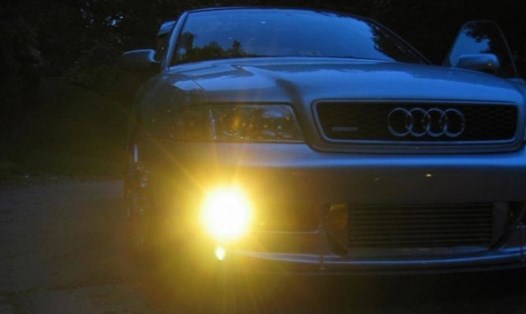When to use fog lights
When there is thick fog
As the name suggests, fog lights are designed for use in the foggy weather. In this condition, normal headlights are easily reflected, causing blurred vision and reduced visibility. fog lights have yellow or white light with low viewing angles to help drivers see the road more clearly without getting too bright.
When it rains heavily
Heavy rain reduces visibility and causes the headlights to be scattered. At this time, fog lights help improve visibility, especially when the road surface reflects light. However, if it is light or moderate rain, just turning on the nearby lights is enough.
When there is a storm or thunderstorm
In extreme weather conditions such as storms or thunderstorms, visibility may be severely limited. fog lights make it easier for your vehicle to be identified, avoiding the risk of collision.
When driving in areas with heavy smoke and dust
In places with thick smoke and dust such as industrial parks and construction works, fog lights help drivers see better and help other vehicles easily detect your vehicle.
When traveling on the mountain pass at night
Mountain pass roads often have a lot of fog, high humidity and low light. fog lights help drivers observe better and detect obstacles earlier, thereby reacting promptly.
When should you not use fog lights?
Clear weather, normal streets: fog lights have high brightness, if used at the wrong time, it can cause brilliance for the vehicles in front.
In urban areas, there is enough light: fog lights are not necessary when there is a street lighting system to support visibility.
When there is no fog, heavy rain or poor visibility: Using fog lights at the wrong time can violate traffic laws and cause discomfort to other vehicles.
fog lights are a useful tool to help improve visibility in bad weather conditions. However, drivers need to use them at the right time to ensure safety for themselves and passersby.











